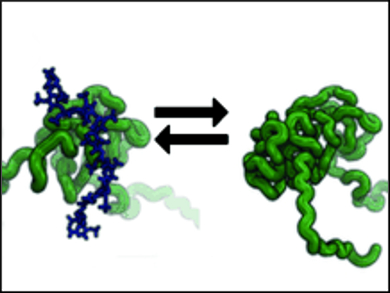The interaction between biomolecules leads to the formation of complex and adaptive molecular systems that are important for cellular regulatory mechanisms. The interaction between proteins, oligonucleotides and/or ligands can be very weak and transient or very strong, spanning a wide range of affinity from the millimolar to sub-nanomolar range. It is especially challenging to characterize the weak interactions.
Robert Konrad and colleagues, Max F. Perutz Laboratories,Vienna, and University of Innsbruck, Austria, show the use of novel nuclear magnetic resonance (NMR) and electron paramagnetic resonance (EPR) techniques for the characterization of weak protein–protein/ligand interactions. They use three weak interactions to exemplify the techniques: a CspA–mRNA complexation, a MAX–MAX homodimerization, and a osteopontin–heparin interaction. These techniques offer a means to observe higher-order structures of proteins that only transiently formed or intrinsically disordered.
 Magnetic Resonance Access to Transiently Formed Protein Complexes
Magnetic Resonance Access to Transiently Formed Protein Complexes
Tomáš Sára, Thomas C. Schwarz, Dennis Kurzbach, Christoph H. Wunderlich, Christoph Kreutz, Robert Konrat
ChemistryOpen 2014.
DOI: 10.1002/open.201402008
For more articles dedicated to this topic, see ChemistryOpen’s Virtual Issue on Structure Characterization of Biomolecules guest-edited by Kathrin Breuker, University of Innsbruck.



